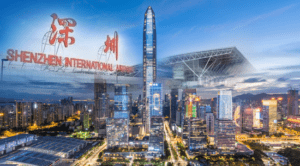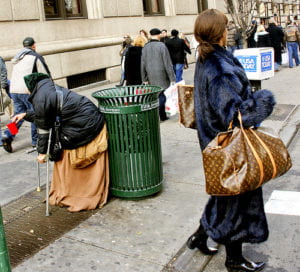What makes urban cities special and how did they become global metropolis? Both Roy and Glaeser discussed different characteristics and problems in some global cities such as New York and Shenzhen. In the essay “Postcolonial Urbanism: Speed, Hysteria, Mass Dreams”, Roy questioned the idea of “worlding cities”, and introduced postcolonial analysis to study global metropolitans. She believes that postcolonial analytics deconstructs the “worlding” and postcolonial theory creates a new way of thinking the emergency of global cities. There are two theoretical positions: be concerned with geographies of knowledge and articulations of subject-power. First world global cities are mainly controlled by economy but third world cities lack theories to research their urbanization. Therefore, Roy argues that “postcolonial urbanism must exceed the effort to supplant universality with emplaced heterogeneity” and the analysis of worlding practices means to “provincialize” the geographic declarations. She gives three practices of worlding: speed, hysteria and mass dreams. For example, Shenzhen is well-known as the “Windows of the World” and the “world’s workshop”. It has world-exhibitions that’s similar to Las Vegas and also has many factories that manufacture tech commodities. It’s famous for speed not only because of its assembly line but also because of working pace. Shenzhen’s itinerary of recognition refers as its declaration of the Pearl River Delta and its Special Economic Zones, but they are also articulations of subject-power such as the migrant worker. Although it is described as a global and high-speed urban city, it also has many problems hide behind its appearance such as worker’s suicides in factories. Therefore, postcolonial theory of cities should concern with geographies of knowledge and articulations of subject-power, because we want to study what’s off the map about urban formations.

In the introduction of “Triumph of Cities: how our greatest invention makes us richer, smarter, greener, healthier, and happier”, Glaeser discussed why the richest and poorest people in the world often live so close. He talks about the emergence of New York City, from a trading village to today’s “world center.” The city’s population grows because of the development of transportation technology, and it expanded through financial innovations. “Even if cities enhance prosperity, they still make people miserable.” Workers earn more in urban areas so poor people are more likely to live in the city. Cities thrive because of small firms and skilled citizens. Cities like Detroit grow because of the early industrial manufacture but its model led to urban decline because the age of the industrial revolution is over. Urban structures are still but populations are fluid. Both the rich and the poor squeeze into the city and makes urban area more dynamic. Transportation technologies determined urban form. For example, for cities like central Florance, the narrow streets make people closer but the car-based living was bad for some old cities. Glaser believes that “to understand our cities, we should stop idolizing home ownership and stop romanticizing rural villages.” Instead of seeing the city only as buildings, we should see it more in details.

Leave a Reply